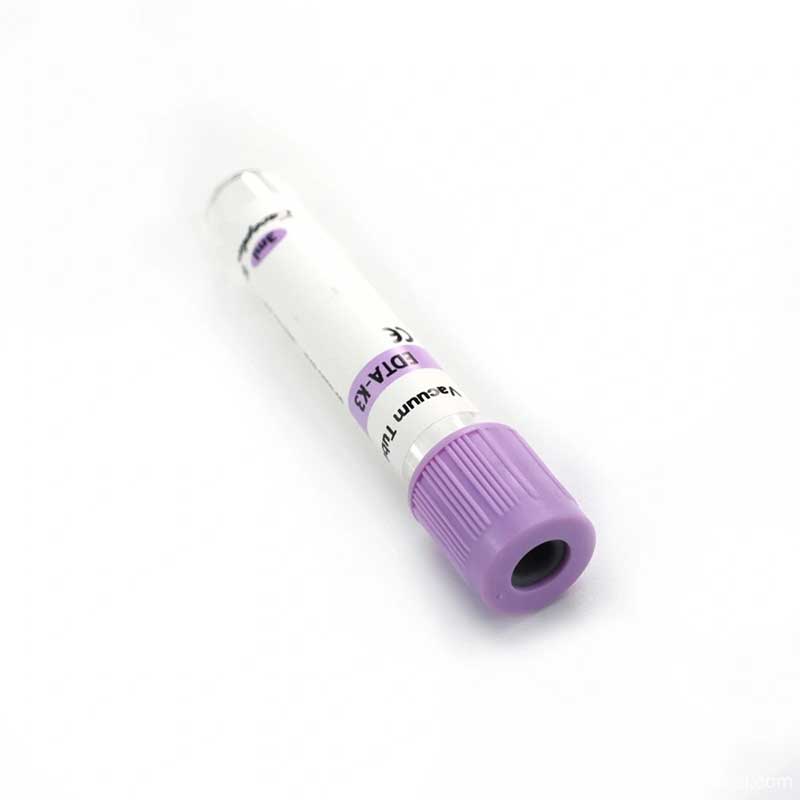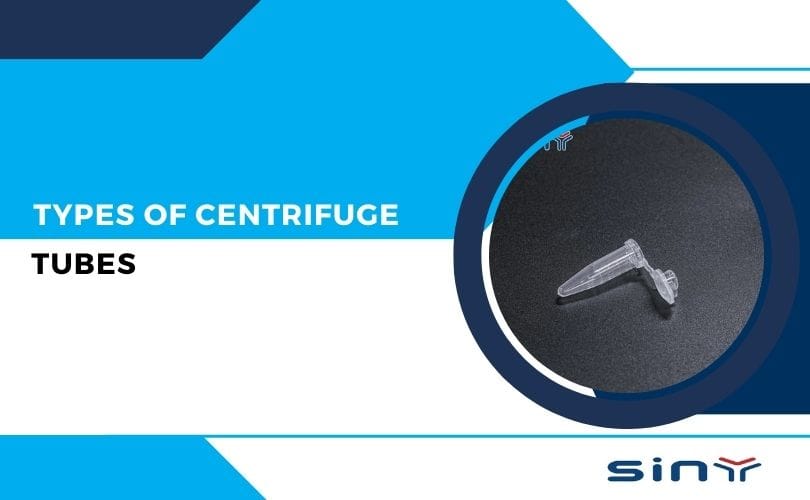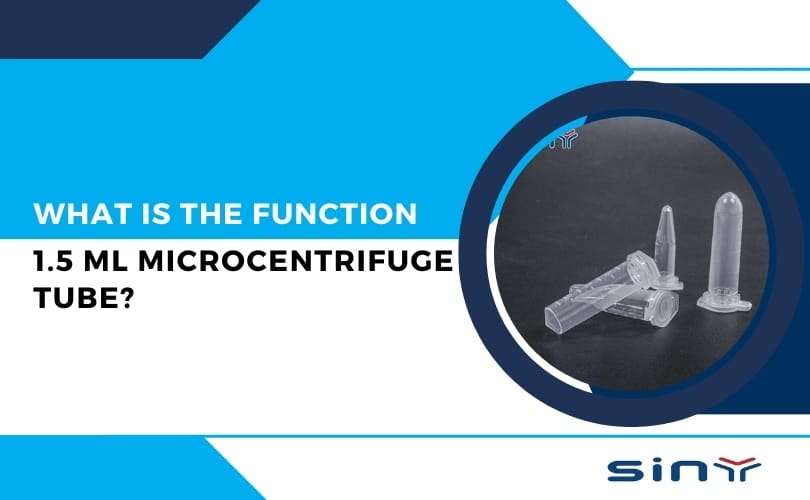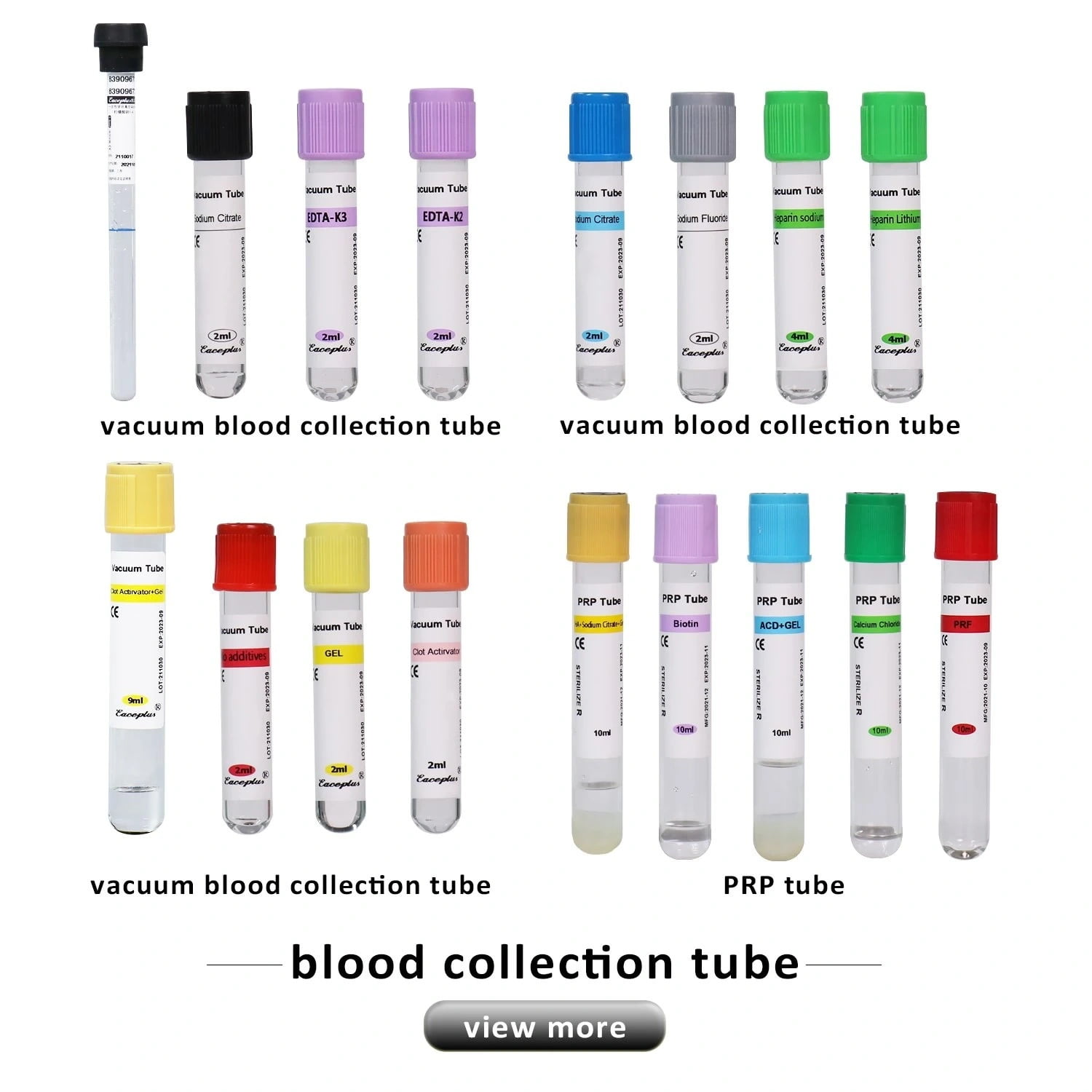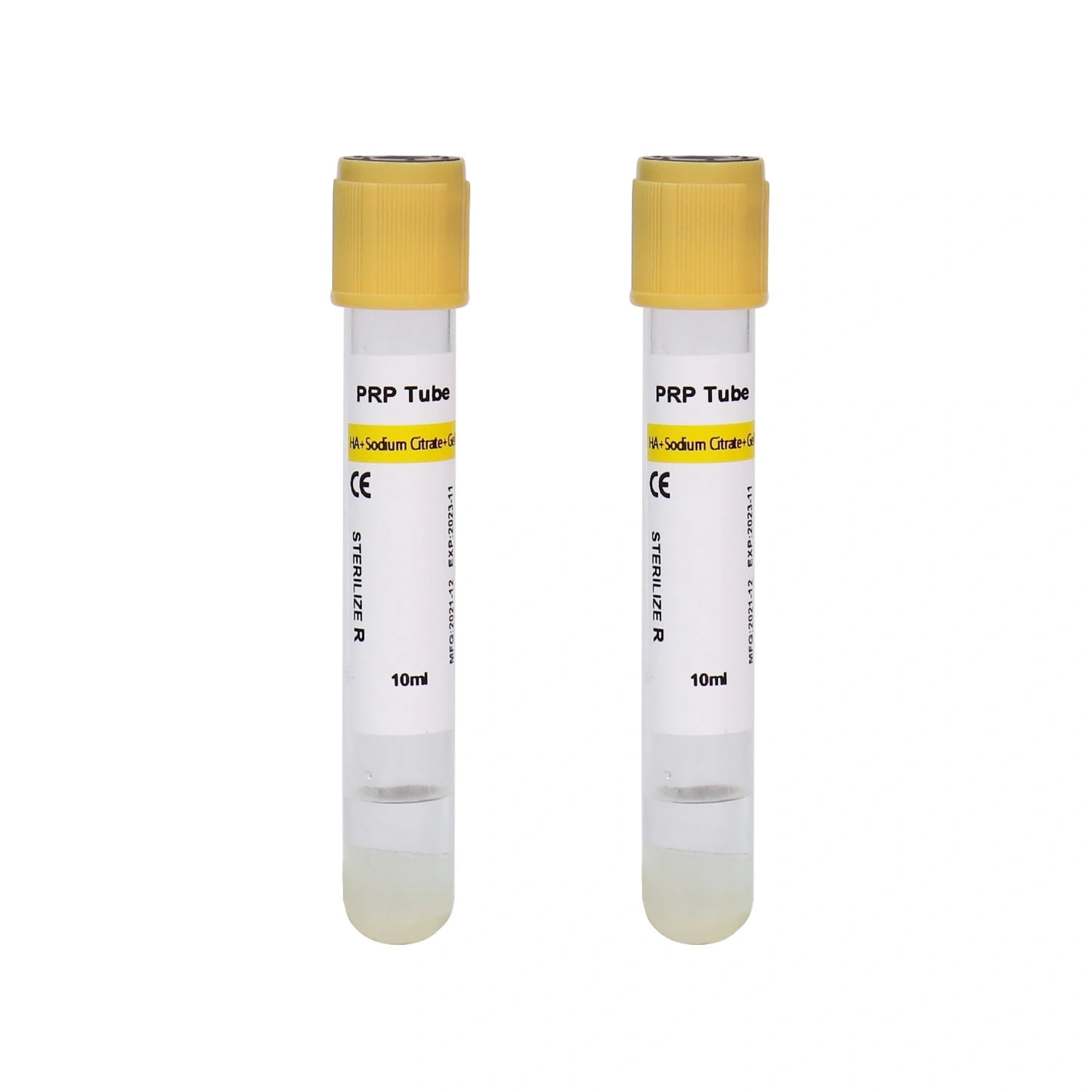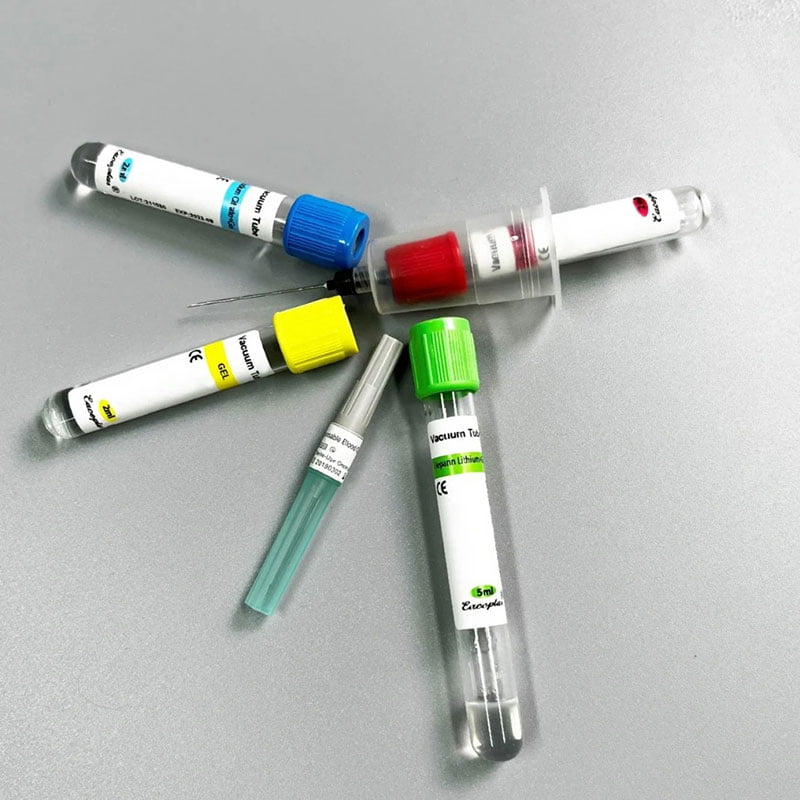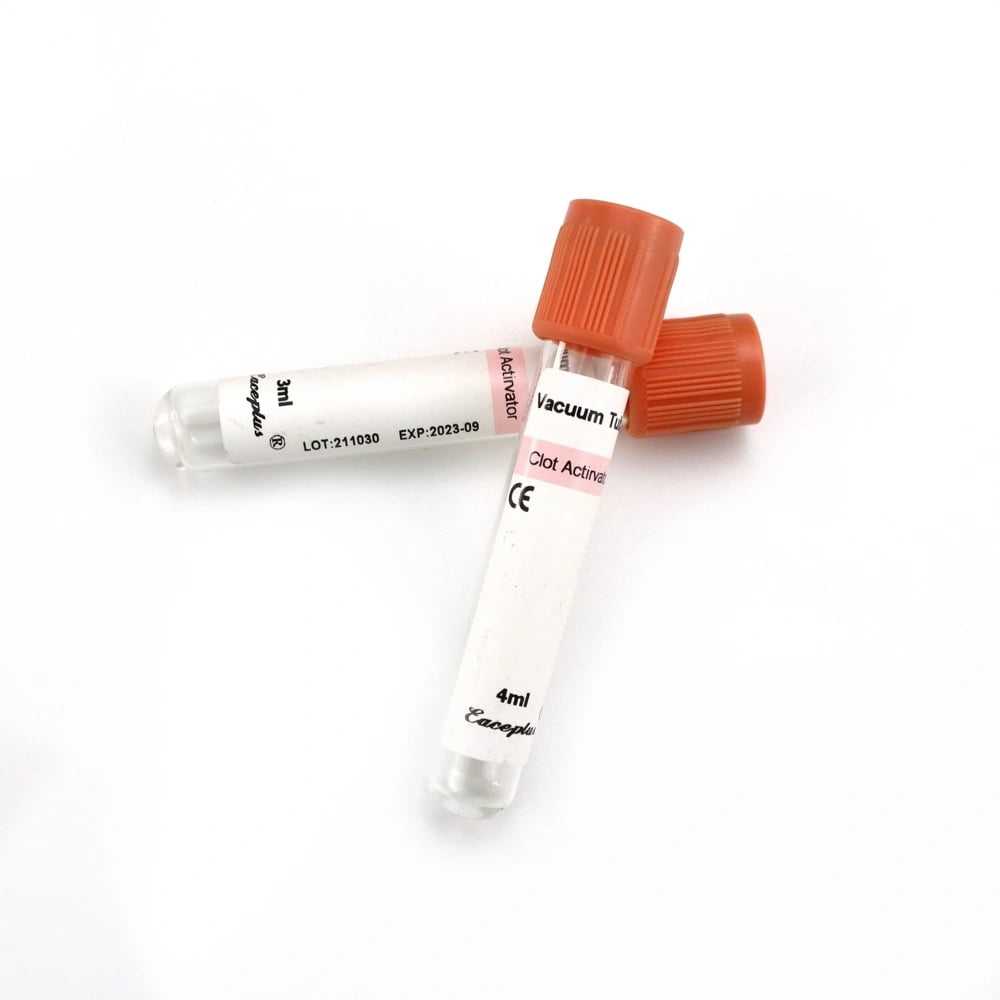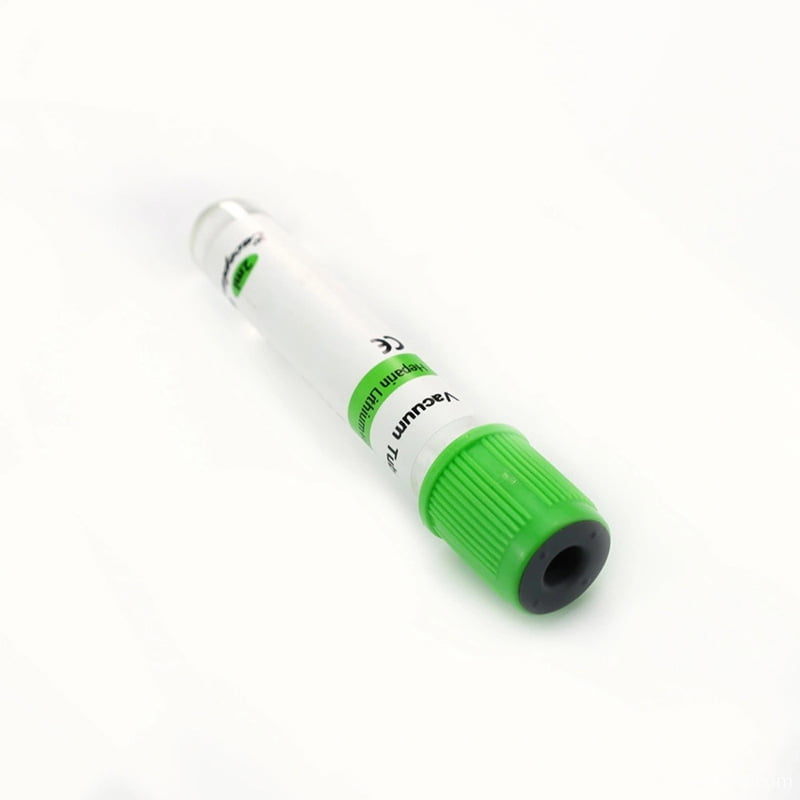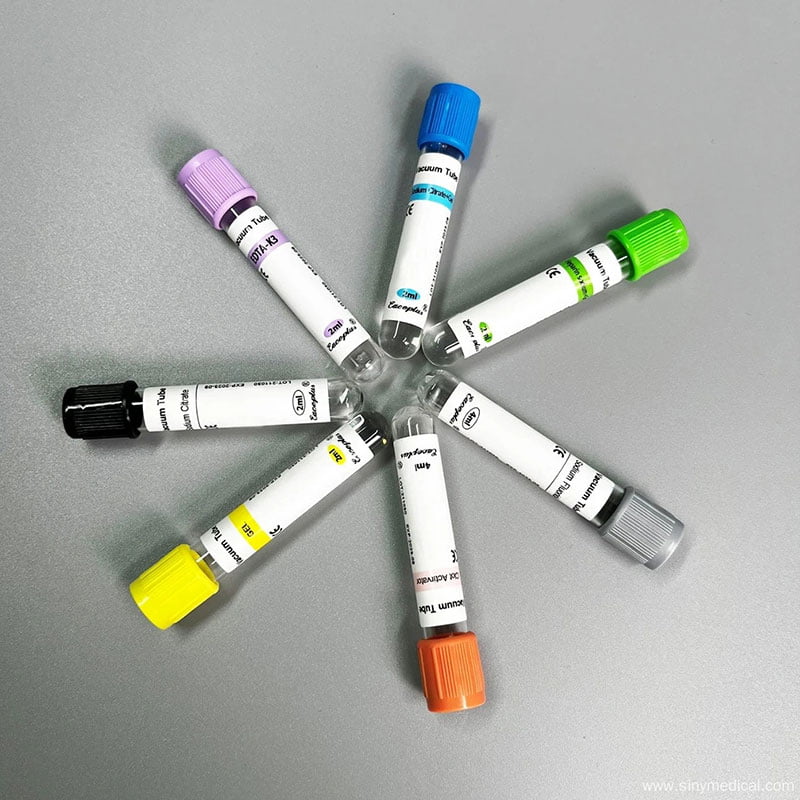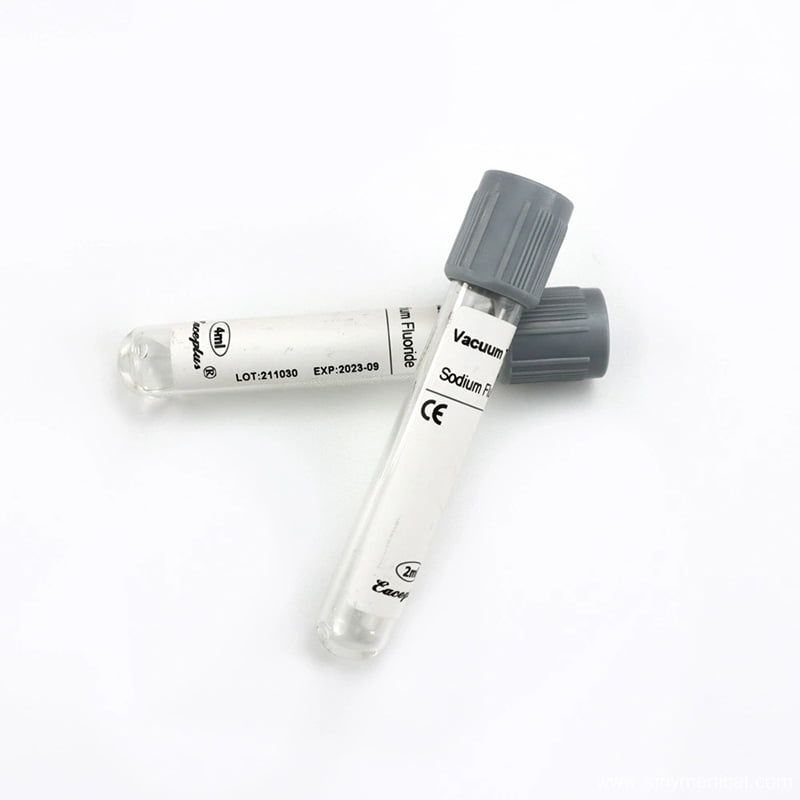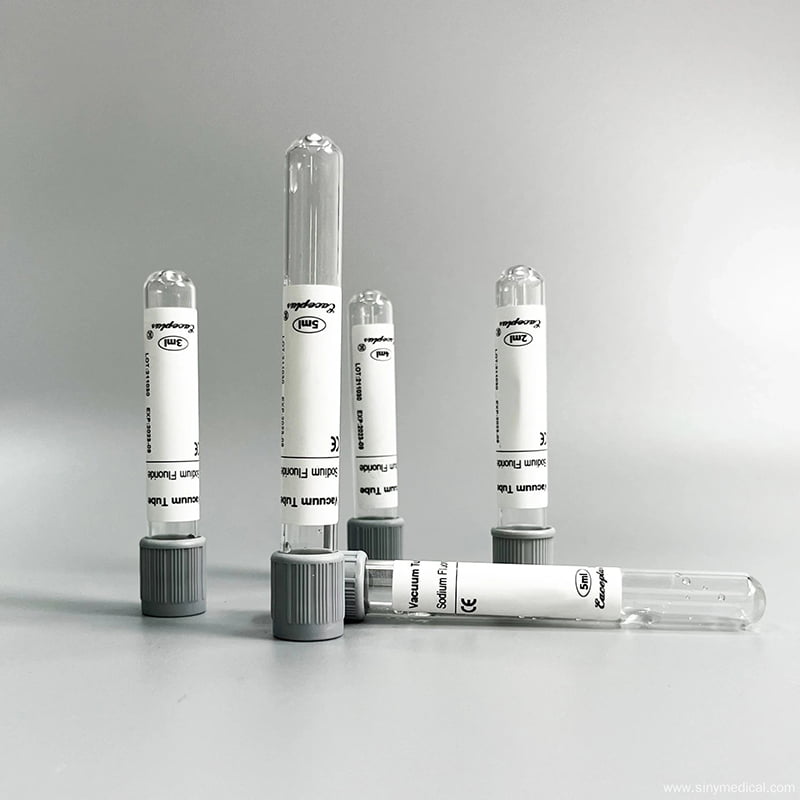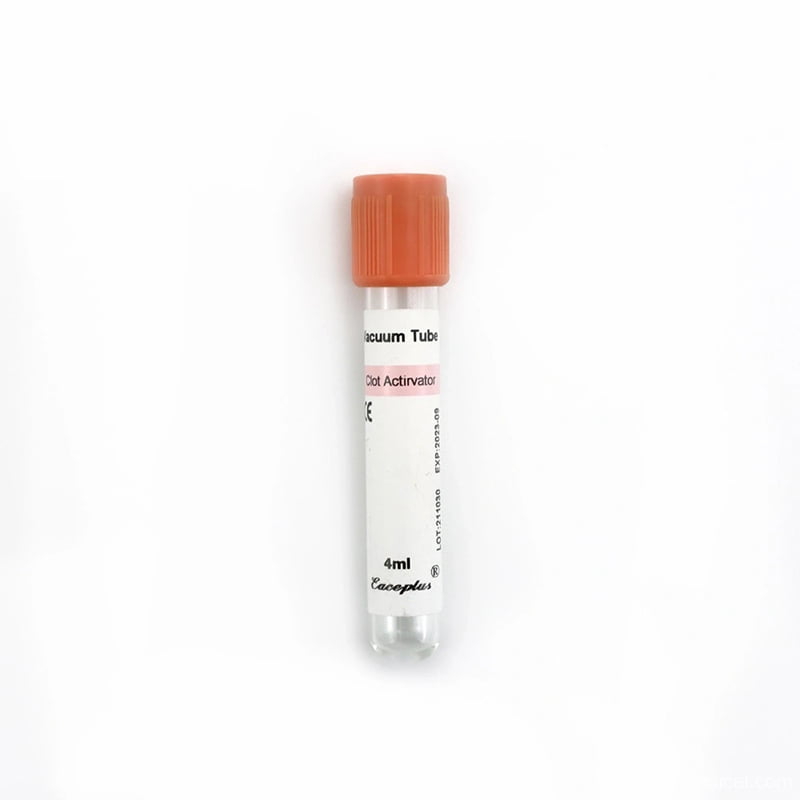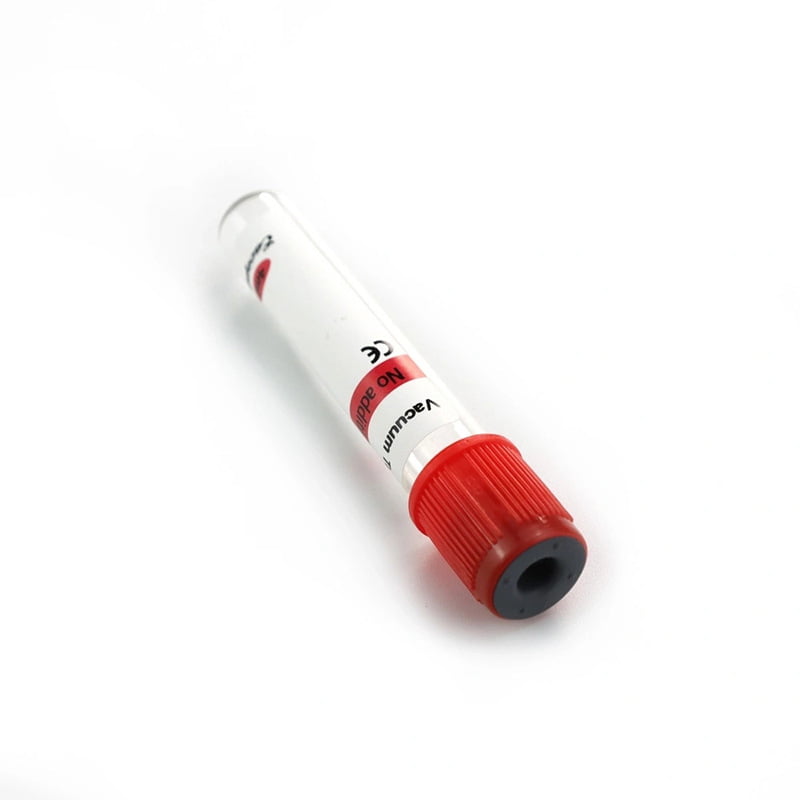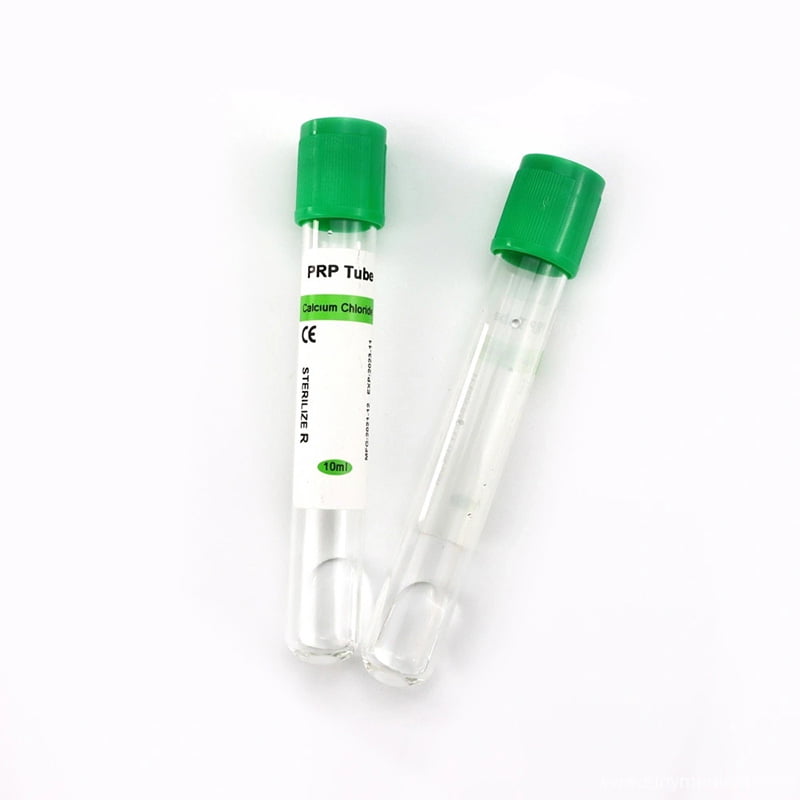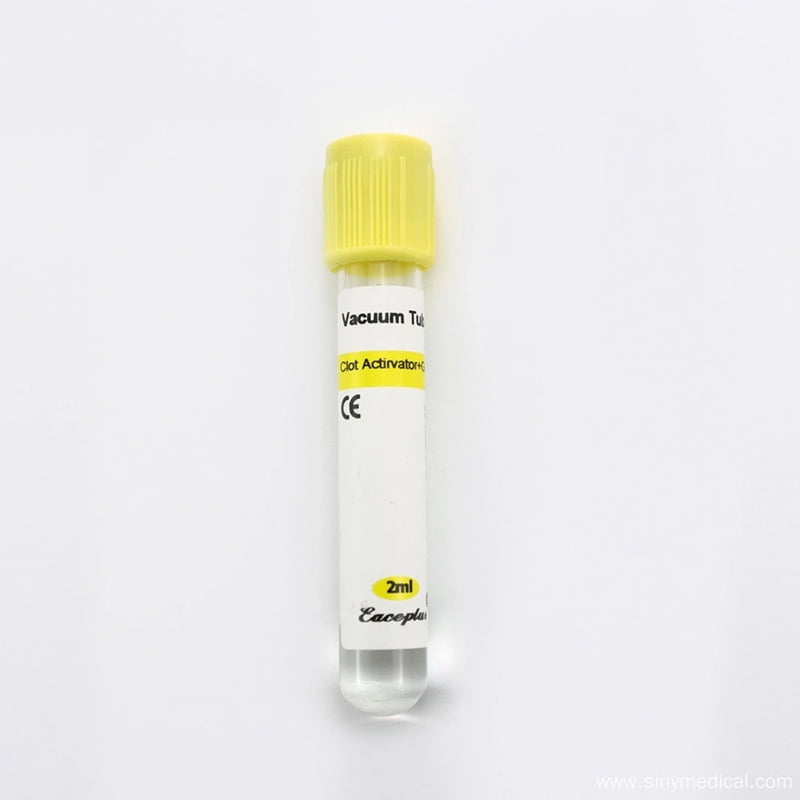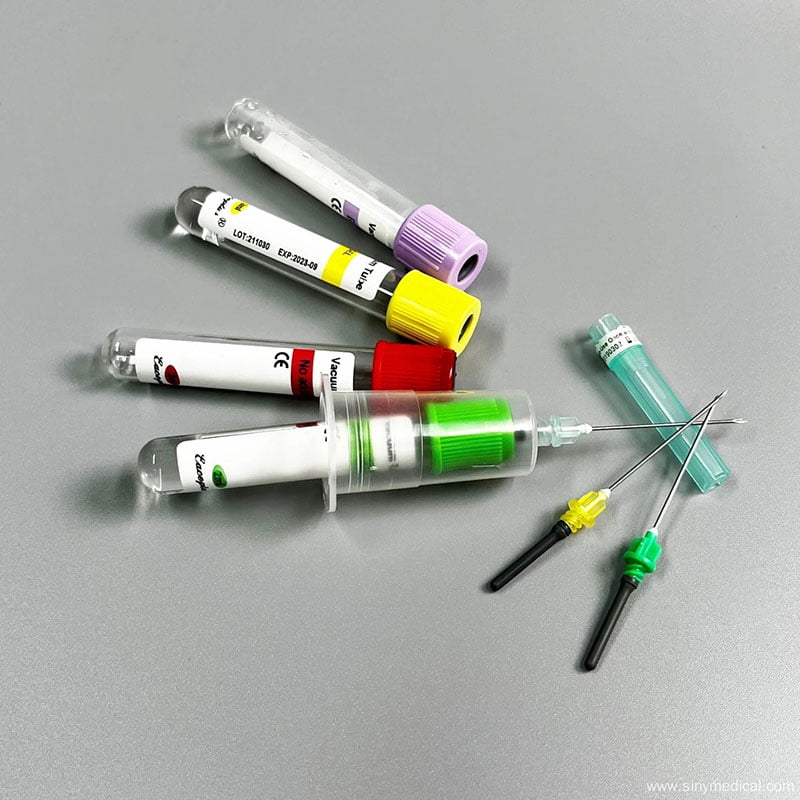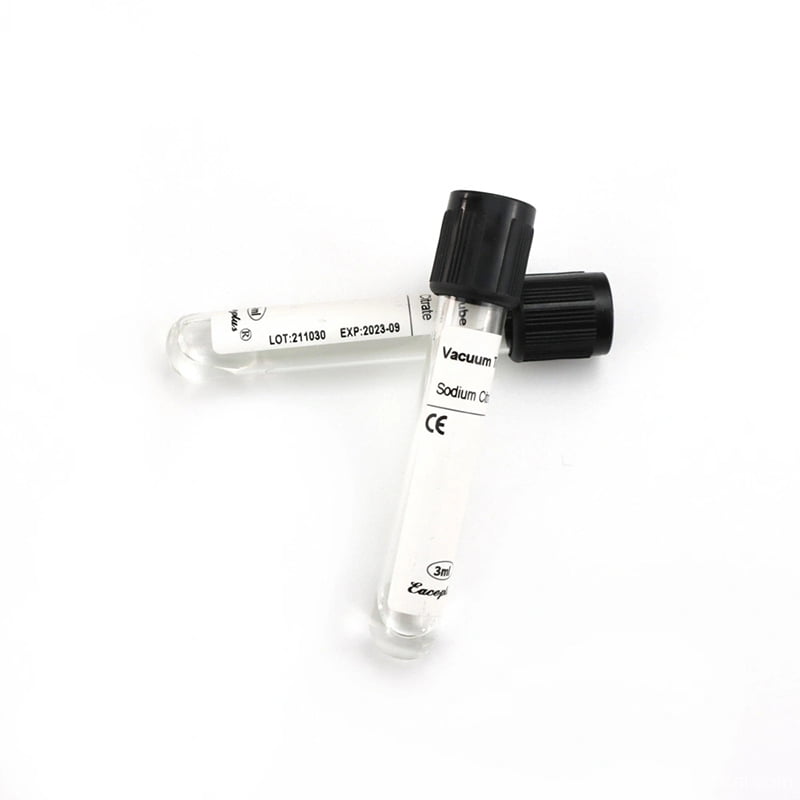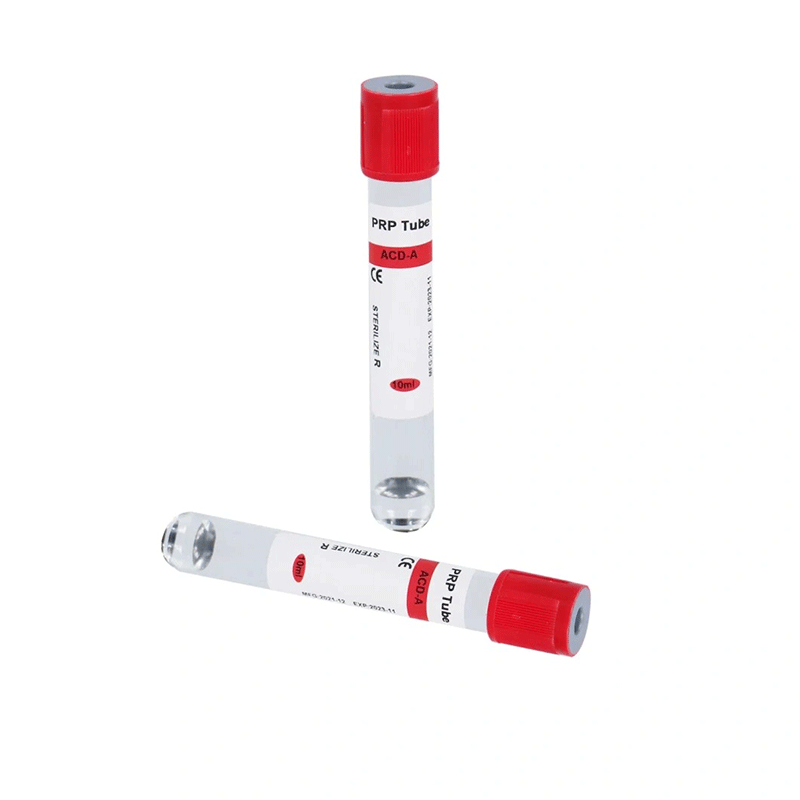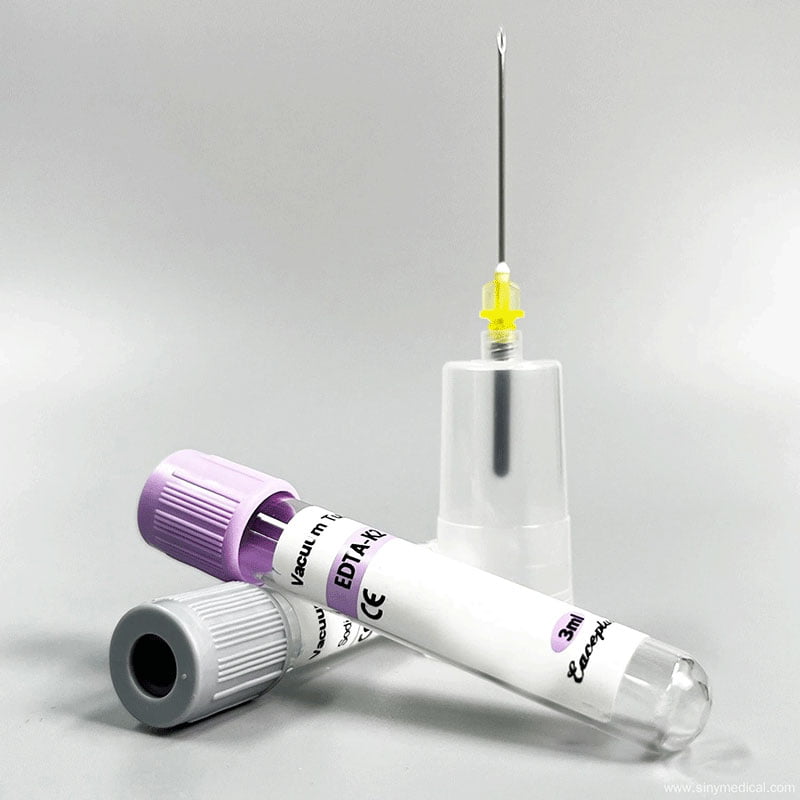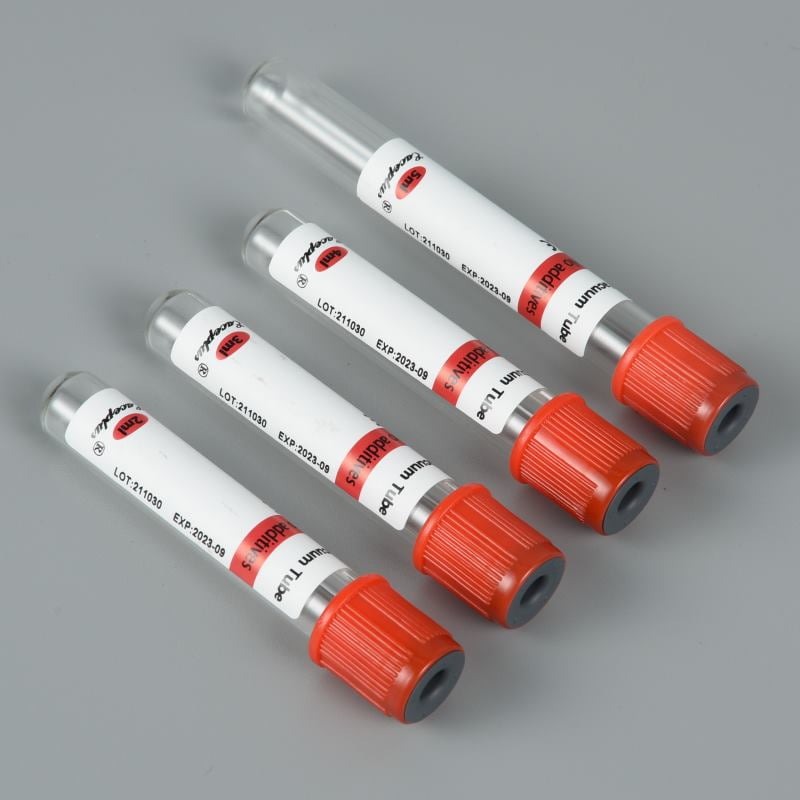Centrifuge tubes are essential tools in medical laboratories, used for the separation of components in biological samples through centrifugation. The choice of centrifuge tubes can significantly impact the accuracy, efficiency, and safety of laboratory processes.
Centrifuge tubes are vital instruments in scientific research and medical laboratories, playing a crucial role in the separation of materials based on their density. By spinning these tubes at high speeds, centrifuges create a centrifugal force that causes denser components to migrate to the bottom of the tube while lighter components remain suspended in the liquid above.
Table of Contents
Types of Centrifuge Tubes
There are various types of centrifuge tubes, each tailored for specific laboratory applications. Understanding these types is essential for selecting the appropriate tube for your experiments. Here’s a detailed overview of the common types of centrifuge tubes and their uses.
Microcentrifuge Tubes
Microcentrifuge tubes are small, cylindrical containers typically designed to hold between 0.5 mL and 2 mL of liquid. These tubes are predominantly used in molecular biology and biochemistry for applications such as:
- DNA and RNA Extraction: Their small size allows researchers to work with minimal sample volumes, which is particularly useful when dealing with expensive reagents.
- Protein Analysis: Microcentrifuge tubes are ideal for protein purification processes, where small sample sizes are standard.
- PCR Applications: They are often utilized in polymerase chain reaction (PCR) protocols for amplifying DNA due to their compatibility with thermal cycling.
PCR Tubes
PCR tubes are specifically engineered for use in polymerase chain reaction (PCR) tests. Key features include:

- Thin Walls: These tubes have thin walls that facilitate efficient heat transfer during the PCR process, ensuring accurate temperature control for DNA amplification.
- Temperature Resistance: PCR tubes can withstand the high temperatures required during thermal cycling, making them suitable for repeated heating and cooling cycles inherent in PCR protocols.
- Volume Capacity: Typically available in sizes ranging from 0.1 mL to 0.5 mL, these tubes accommodate the small volumes used in PCR reactions.
Conical Centrifuge Tubes
Conical centrifuge tubes feature a tapered design that allows for easy sample recovery after centrifugation. They generally hold larger volumes than microcentrifuge or PCR tubes, with capacities often reaching up to 50 mL.
Common applications include:
- Cell Culture: These tubes are frequently used in cell culture procedures where larger volumes of media or samples are needed.
- Plasma Isolation: Conical tubes facilitate the separation of plasma from blood samples, making them essential in clinical laboratories.
- Protein Precipitation: Their design allows for efficient separation and collection of precipitated proteins after centrifugation.
Screw Cap Centrifuge Tubes
Screw cap centrifuge tubes come with a threaded cap that provides a secure seal, making them suitable for various applications, especially those involving hazardous or volatile samples.

Features include:
- Leak Prevention: The secure closure minimizes the risk of spillage or contamination during centrifugation.
- Material Variety: These tubes can be made from different materials, including polypropylene and glass, catering to diverse laboratory needs.
- Size Range: Available in various sizes, screw cap tubes can accommodate different sample volumes.
Glass Centrifuge Tubes
Glass centrifuge tubes are constructed from borosilicate glass, known for its resistance to chemical and thermal stress.
Their advantages include:
- High Durability: Glass tubes can withstand high-speed centrifugation and extreme temperatures without compromising structural integrity.
- Inertness: They remain unreactive with most chemicals, making them ideal for sensitive experiments where avoiding contamination is crucial.
- Applications: Commonly used in cell culture and protein purification processes due to their reliability and performance under demanding conditions.
Specialized Centrifuge Tubes
In addition to the standard types mentioned above, there are specialized centrifuge tubes designed for specific purposes:
- Heavy-Metal Free Tubes: These tubes are designed to minimize contamination from metals like nickel or copper, making them suitable for sensitive biological assays.
- Color-Coded Tubes: Some centrifuge tubes come with color-coded caps that indicate specific additives or intended uses, facilitating easy identification during laboratory procedures.
Uses of Centrifuge Tubes
Centrifuge tubes are indispensable in scientific and medical fields, serving a variety of purposes across labs worldwide. Here’s a closer look at their most common applications:
Separation of Blood Components
Centrifuge tubes are a cornerstone in medical laboratories for separating the different components of blood. By spinning the sample, they allow the isolation of red blood cells, white blood cells, and plasma for testing and analysis.
Cell Culture Applications
In cell culture procedures, researchers use centrifuge tubes to isolate cells from their growth medium or to pellet cells after harvesting. This step is critical for downstream experiments like staining or genetic analysis.
DNA and RNA Extraction
For genetic studies, centrifuge tubes are essential tools in protocols that extract DNA and RNA. They help separate nucleic acids from other cellular debris during the centrifugation process, ensuring a pure sample.
Protein Purification
Centrifuge tubes also play a vital role in protein purification. By utilizing their ability to separate proteins based on molecular weight, they assist researchers in isolating and studying specific proteins for further analysis.
Conclusion
Selecting the right centrifuge tube is essential for efficient lab operations and accurate results. Whether you need durable plastic tubes for biological samples, glass tubes for chemical analysis, or microcentrifuge tubes for molecular biology, understanding their differences ensures you’ll choose the best one for your application.
For premium centrifuge tubes that meet your lab’s needs, check out our range of centrifuge tubes and elevate your lab’s performance today!
FAQs Centrifuge Tubes
What is the difference between conical and round-bottom centrifuge tubes?
Conical tubes are great for pelleting samples, while round-bottom tubes are ideal for smooth spinning and chemical testing.
Are plastic centrifuge tubes reusable?
Some plastic tubes are autoclavable and reusable, but many are single-use due to potential contamination or material degradation.
How do I know which size centrifuge tube to use?
The size depends on your sample volume. For small samples, use microcentrifuge tubes (0.2-2 mL), and for larger samples, go with 15 mL or 50 mL tubes.
You May Also Read
- What is a Centrifuge Tube?
- The Ultimate Guide to Centrifuge Tubes
- The Rise of Disposable Screw Cap Centrifuge Tubes
If you enjoyed this article, please subscribe to our YouTube channel. We provide product video tutorials. You can also follow us on Instagram and Facebook to stay up to date with new updates, news and special deals.

